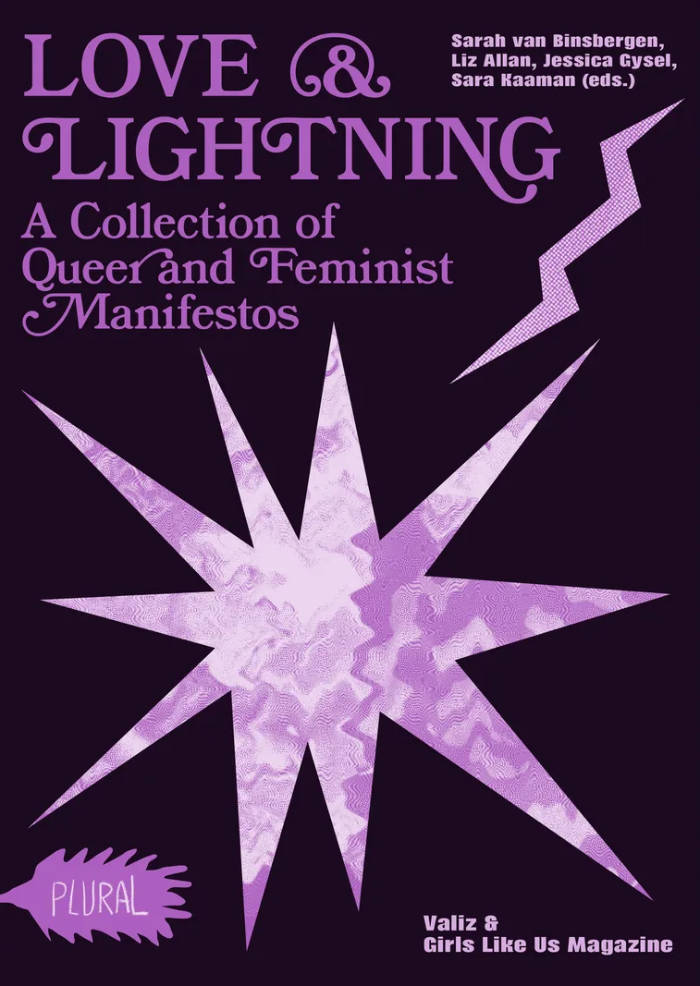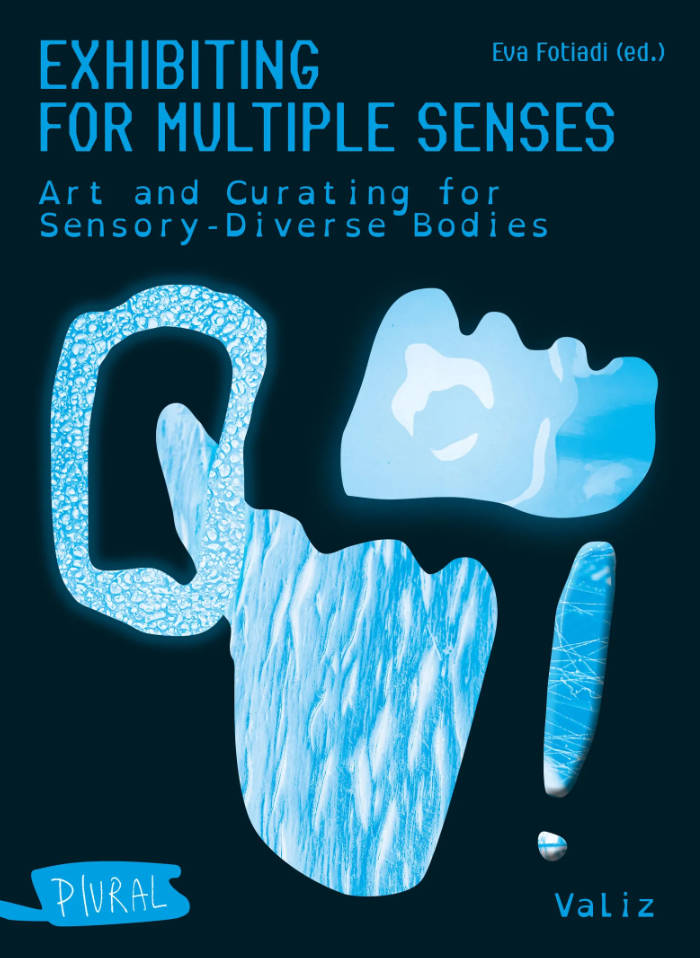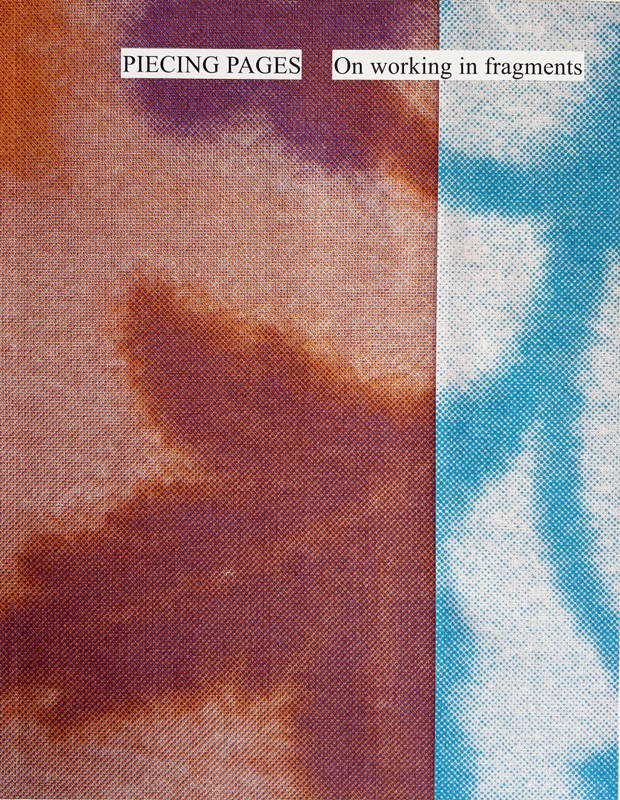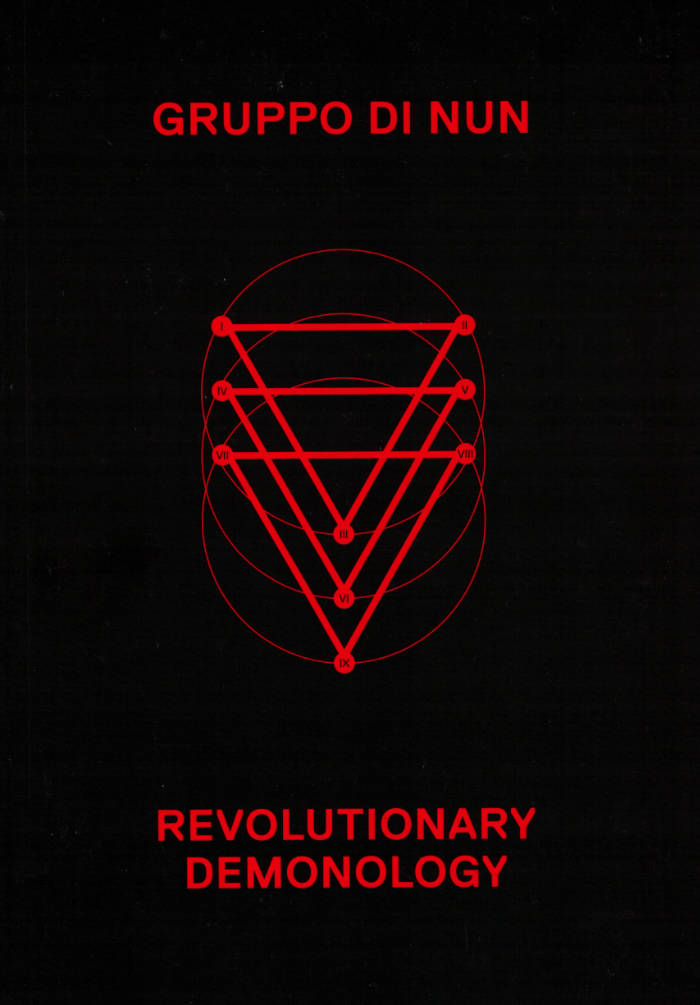An original reading of Pier Paolo Pasolini's work and “impulses”, between aesthetic and psychoanalytic reflection.
Une lecture originale du corpus et de la biographie de Pier Paolo Pasolini, sous le signe de l'éthique et des « pulsions » qui y sont à l'œuvre, entre réflexions esthétique et psychanalytique.
Relue à l'aune de la psychanalyse et des théories queer, l'œuvre de Pier Paolo Pasolini constitue un Dehors fertile pour la réflexion contemporaine. Pour faire face à l'apathie, pour affronter la souffrance, pour réveiller la réalité désabusée, comment tirer parti de la descente aux enfers pasoliniens ? Comment son travail peut-il aider à mieux appréhender le contemporain sans le condamner d'une traite ? Pasolini aimait se définir comme « une force du passé ». Il ne faut pas laisser sombrer sa lutte contre le conformisme petit bourgeois et le développement du capitalisme dans un conservatisme quelconque. La lutte pasolinienne, son combat au corps-à-corps avec la langue, le visible, le dicible ne peut rester vain.
Re-lire et re-revoir Pasolini pour nommer le contemporain : le chantier est vaste, d'autant plus imposant qu'il est resté inachevé. Films, pièces de théâtre, romans, poésies, essais... en chaque lieu, surgit la suspension des certitudes bien-pensantes et résonnent les voix des sans-voix : ragazzi, prostituées, spectres, lucioles, sous-prolétariat du monde entier. S'ensuit une série de questions déterminantes pour l'actualité de la pratique psychanalytique et de la pensée. Comment (se) dit-on ? Comment (se) réfléchit-on ? Comment (se) désire-t-on ? Où et comment retrouver un peu de « grande santé » ? Où et comment trouver un nouveau cap ?
D'Edipo Re à Salo, d'Orgia à Petrolio, de Comizi d'amore aux Ecrits corsaires, Pasolini décline des corps, des visages, des personnages animés par des pulsions qui ne cessent d'inventer une logique mettant au défi le moralisme de l'autorité paternelle. Ces pulsions répètent sans cesse un même échec. Que signifie cette omniprésence de l'échec, l'insistance de la foirade tant dans l'œuvre filmée qu'écrite ? Comment articuler le refus du père pasolinien avec son attachement revendiqué à l'œuvre freudienne? Répondre à ces questions, c'est entrer dans la poétique même de l'écriture pasolinienne et dans des questions psychanalytiques de la plus brûlante actualité.
Rapprocher Pasolini de la psychanalyse et des théories du genre ne vise ni à psychologiser son œuvre, ni à faire du poète un précurseur des idéologies queer. S'emparer des pulsions pasoliniennes, c'est, bien plutôt, mettre au travail la praxis par les idéologies : réveiller l'écoute analytique, les idéologies queer et l'esthétique pasolinienne.
L'essai se veut une porte d'entrée pour comprendre l'éthique à l'œuvre chez Pasolini et dans la pratique de l'inconscient. Son champ référentiel principal est le corpus pasolinien analysé à partir de l'œuvre freudienne et des apports lacaniens ainsi que de leurs reprises par les avancées des théories du genre (Teresa de Lauretis, Leo Bersani, Gayle Rubin...).








